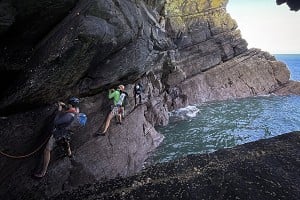
Ash Routen interviews British mountaineer and explorer Simon Yates...
Thirty-five years after first extending his reach beyond the well-trodden European Alps, Simon Yates continues to pursue his passion for exploratory climbing. Belying his lowland beginnings in the bucolic Leicestershire countryside, Yates' climbing career has taken him from technical climbs on soaring spires in Patagonia – such as the East Face of The Central Tower of Paine – to attempts on the 8000'ers and the overwhelming vastness of the Rupal Face of Nanga Parbat. Along the way, the understated Yates has tied in with such paragons of British climbing as Doug Scott, Mick Fowler and Andy Parkin.
In recent years – and the core narrative of his third book, The Wild Within – Yates has sought out objectives in remote parts of Greenland, Alaska and Chile. I caught up with Yates to find out more about his far-flung climbs, as well as some of the highlights of his storied career.
I recently read Chris Bonington and Robin Knox-Johnston's account of climbing in the Lemon Mountains of East Greenland. I see you were there last year, what did you do?
I took a group of clients there. It was a yacht-supported trip, starting and finishing in Northwest Iceland. We were lucky enough to bag a few small, non-technical peaks in the mouth of the fjord of Kangerlussuaq close to where Bonington and Knox-Johnston started their approach to the Lemon Mountains, which are quite a way inland. We also visited a couple of fjords further north to check out further objectives. It's a fantastic part of the world.
In The Alpine Journal in 2001 Richard Pash wrote of the Lemon Mountains: "There's something about the combination of mountains and fjords that's just magical; the starkness of the mountains combined with vivid colours of the coast and the contrast between mighty peaks and flat sea." What in particular do you enjoy about climbing in the mountains of East Greenland?
The feeling of absolute solitude, coupled with incredible light and the silence that you get at times, which is hard to describe. Mountains are beautiful everywhere, so it's more the qualities of being in the Arctic and on the coast that makes it so special.
You've sailed into Greenland and Antarctica to climb. Do you have good sea legs, or are you more of a landlubber?
I came to sailing by chance – to facilitate access to mountains like any other form of transport. However, over time I started to enjoy it as a pastime in its own right and began to harbour ambitions of doing a crossing of the Atlantic or another sizeable ocean. The crossing to the Antarctic put me off that though. It was not that the sea was rough, I was sick, or that being such a long way from land was frightening. It was simply that for the entire journey the yacht was heeling on the same side and it began to really annoy me. My sea legs are still delicate though – sometimes I am seasick.
In your third book The Wild Within you recount climbs in remote places such as the Wrangell-St Elias in Alaska, or Milne Land in Greenland. And it seems like over the past ten years or more, you've almost exclusively climbed off the beaten track. What has drawn you to these remote ranges?
It was not a conscious decision, but after my first trip to the Cordillera Darwin in Tierra del Fuego in 2001 I became increasingly drawn to remote mountain wilderness. Trips to the Wrangell, Greenland and Antarctica followed. I like being in places beyond the margins of human habitation and ideally away from others. Ironically, when I went on a trip to the Antarctic Peninsula in 2015 there were many more people knocking about than in the other locations.
The idea of "getting beyond the margins" reminds me of David Robert's book Limits Of The Known. In it Roberts (despite his own very remote and exploratory climbing in Alaska) writes of his one time yearning for the sort of isolation and terra incognita earlier climbers and explorers such as Eric Shipton experienced. Do you wish you were born earlier? Or can you still fulfil the need for isolation and untouched ground?
I think I was born at a good time. Opportunities available in my lifetime have allowed me to lead a life of adventure, which were more limited to earlier generations. The world is still a big place and thankfully very few people seek out isolation and untouched ground.
Roberts also writes the following about radios, sat phones, and EPIRB gadgets: "No watershed in exploratory history has been more dramatic than the revolution in what might be called connectedness." And when recalling his own 50 odd days without contact in Alaska, he recalls fondly the "blissful state that disconnectedness" gave him.
Have you been truly disconnected on climbs? And how has increasing connectedness impacted on you during your climbing career?
In the 80s and 90s I was pretty disconnected, especially in some of the remoter valleys of Pakistan I found myself in at the time. The connectedness came with the new millennium through the telecommunication revolution that is still in progress. I've had a satellite phone since 2006 and mobile and Wi-Fi networks have rolled out very quickly across the developing world. The feeling of disconnection and isolation that I experienced back in those early days has gone.
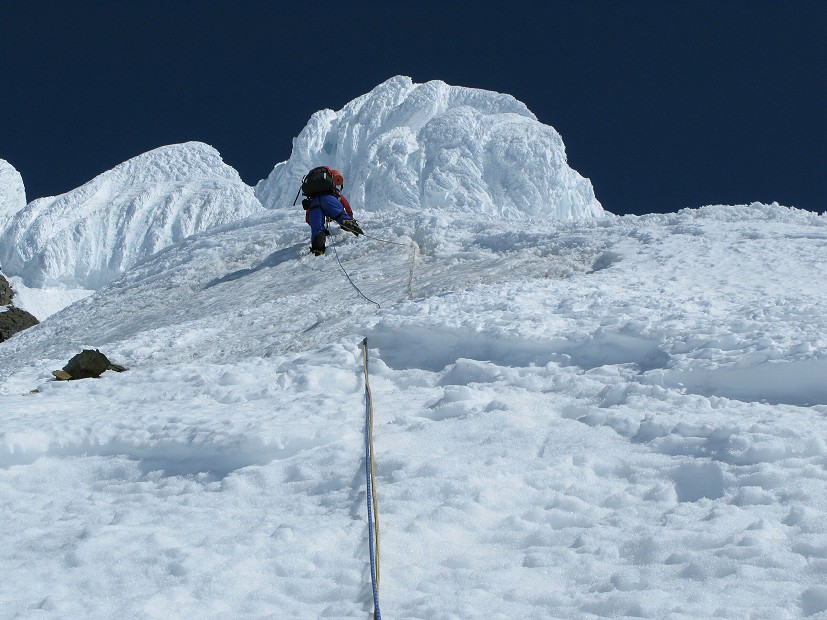
You attempted a number of 8000'ers earlier in your career such as Nanga Parbat and Lhotse. What turned you off further attempts at the highest peaks?
I was not lucky on 8000m peaks. I got hepatitis at Makalu, the winter attempt on Nanga Parbat was just grim and then I nearly managed Lhotse, but turned around for a number of different reasons – a decision that I didn't know at the time actually saved me losing the ends of my big toes. I'm quite happy I kept the toes. So, my experience of 8000m peaks was one of a lot of time, effort and cash for little return.
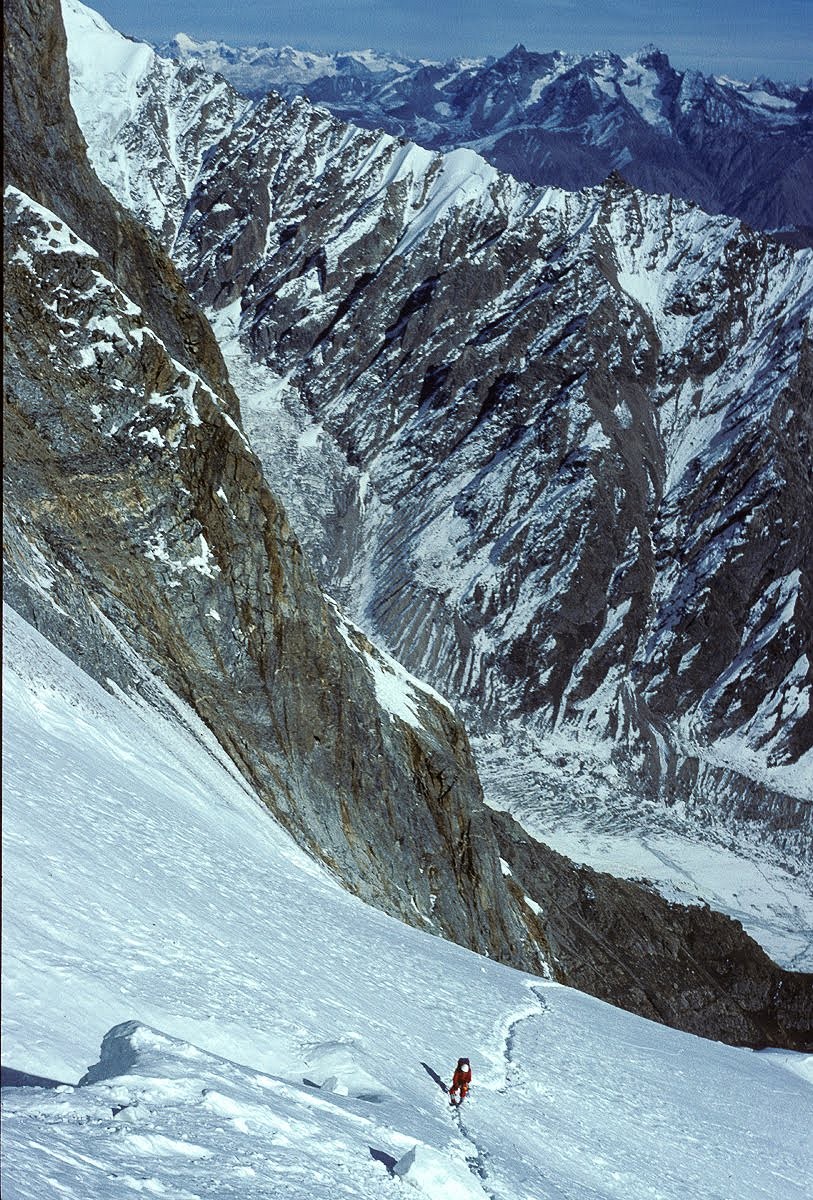
A few weeks after Siula Grande you did the North Face of the Eiger. Is it fair to say that the incident with Joe Simpson has actually had little bearing on your life since?
It has had very little bearing on my climbing life. It was my first mountaineering expedition, which although not pleasant to experience, could have ended with a much worse outcome. I learned from the mistakes and moved on very quickly. It's been quite a journey since with a tally of over 70 expeditions across the globe. I feel very privileged to have visited the places I have, for the climbs that I have done and the wonderful people I have met and shared time with on the way.
Is there one route that got away from you that still nags at the back of your mind?
In 1996 I went to Makrong Chhish (6608m) – Pakistan - with Steve Sustad. It was the only time I climbed with him in big mountains. We were a strong team and got on well. The peak is a stunning objective – dominating the lower part of the Hispar Glacier. Our first attempt finished at a suicidal knife-edge ridge that barred further progress. The weather was un-seasonably hot and we had climbed up through sporadic rock-fall. While descending a narrow couloir at night we were caught in a deluge of rock, but got away with just a hole torn in Steve's rucksack. Our second attempt was more direct up a large but dangerous snow couloir. We mostly soloed the lower section, then had a day confined to our tent in bad weather. On our summit day I turned around very close to the top on a wind slab slope. I later thought it would have been okay, but I was spooked by our previous attempt and the knowledge that two British Climbers – Steve Hillen and Dave Tyson – had died on the same route four years earlier. We made a safe descent down the unsafe couloir. Makrong Chhish is still awaiting a first ascent.
What is the most intense and rewarding experience you've had in the mountains?
That is a big call. I'm going to go with the first ascent of Monte Ada in the Cordillera Darwin. A massive adventure with Andy Parkin on our first trip to Tierra del Fuego. We had a very simple hand drawn map produced in Switzerland back in the early 1950s based on 1947 US Air Force photographs of the Cordillera (until very recently the best map available), and a photo of a peak to work with. We found our objective as much by luck as anything, after the usual bushwhacking approach though dense southern beech forest, we sat out a lengthy spell of bad weather.
We climbed the peak in a four-day push from our base camp through some rough weather and conditions. When we arrived on the summit on the evening of the third day the cloud began to clear from the west, offering amazing views of the Cordillera Darwin, the Beagle Channel and the archipelago of islands running southwards to Cape Horn. As the cloud lifted further we realised our mountain was not on our rudimentary map, or any other it later turned out. A brocken spectre of Andy and I on the summit appeared on clouds to the east and we waved at our reflected shadows.
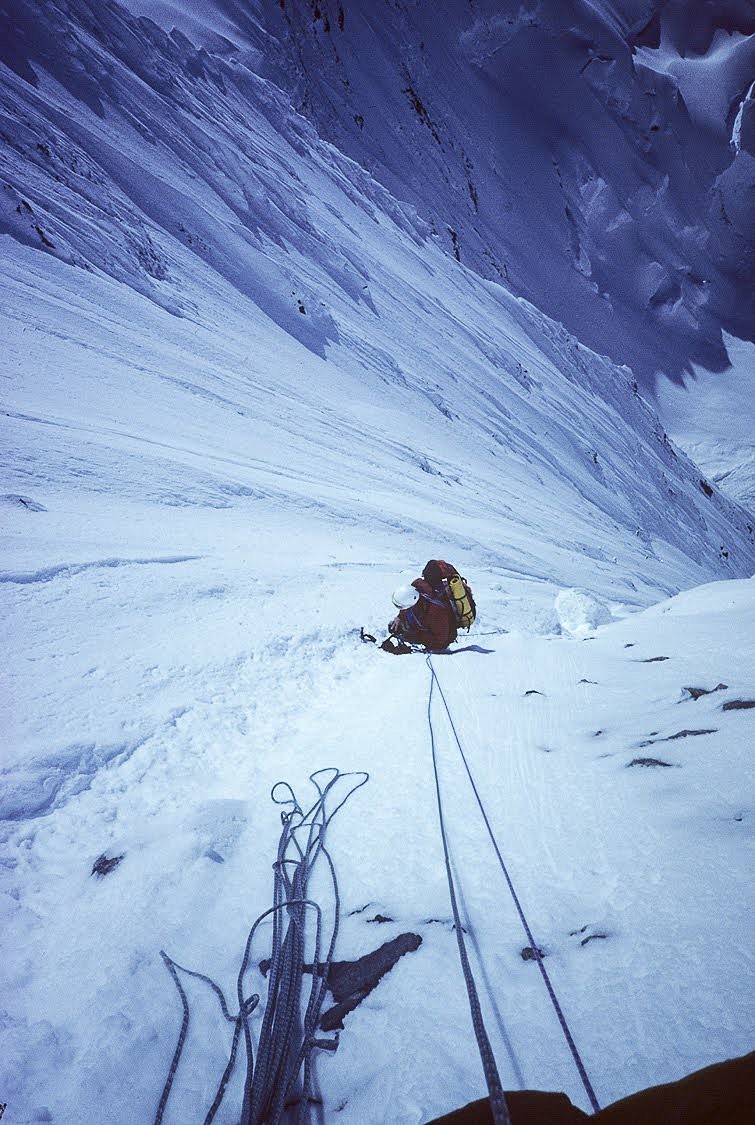
You've shared a rope with some superb climbers, who most impressed you as a partner and why?
Again, it is hard to choose. I'll have to go with Andy Parkin though. His dedication to the cause over the years in the face of great adversity is inspiring. Because of the person he is, it's quite easy to forget at times that he was left with serious disability after a near-fatal climbing accident back in 1984. His rehabilitation and achievements since are nothing short of miraculous.
You have over thirty years of hard expeditions under your belt. How many more do you have left in you? And is there one must-do objective left?
I enjoy my mountaineering as much as ever, so I'd like to carry on with it as long as my body and mind will let me do it. I have a few specific un-climbed objectives it would be nice to do and would love to visit and climb on South Georgia.
Do you have a family? If so do they come with you on any of your trips?
Yes, my wife Jane and our children Maisy (15) and Lewis (13), who all came on a number of trips when they were pre-school age, most notably to Tierra del Fuego and Nepal. In 2018 we took a family trip to Greenland. It was a magical couple of weeks and as we left Greenland on the yacht we caught sight of a polar bear paddling around looking for seals resting on the drifting pack ice. We followed the bear for a couple of minutes and I'm sure that moment will stay with them forever.
You've written three books and been shortlisted for the Boardman Tasker Award twice, what do you enjoy about writing? And any plans for more scribbling?
I enjoy writing once I get going with it as it gives you a chance to rationalise and take stock, of what is at times, a lot of fairly manic travel and climbing. You get a chance to reflect and make a bit of sense from it all. I will write again once I have a whole story to tell. I had to wait quite a while for a suitably dramatic event to occur to use for the ending of The Wild Within.
Assuming the world isn't in lockdown next year, any personal trips or guiding planned?
I had quite a lot planned for this year and have had to cancel a trip to the Wrangell that we had to cancel last year as well. Hopefully, it's third time lucky for that one in the spring of 2021. I also plan to be back in Tierra del Fuego in February/March, and Greenland in the summer doing some guided trips.
I have some presentations in theatres scheduled for September and November 2020 – virus permitting.
- ARTICLE: Seven Lonely Days - The Rescue of Alexander Gukov 31 Jul, 2019
- ARTICLE: "Death, Carnage, Chaos": Analysing the 2019 Himalayan Climbing Season 3 Jun, 2019
- INTERVIEW: Reinhold Messner - Standing on the Shoulders of Giants 1 Oct, 2018
- Maurice Wilson – Everest's Most Peculiar Casualty 21 Aug, 2018
- REVIEW: Alan Hinkes - 1st Brit to Climb the World's Highest Mts 22 Dec, 2017

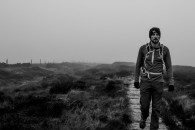

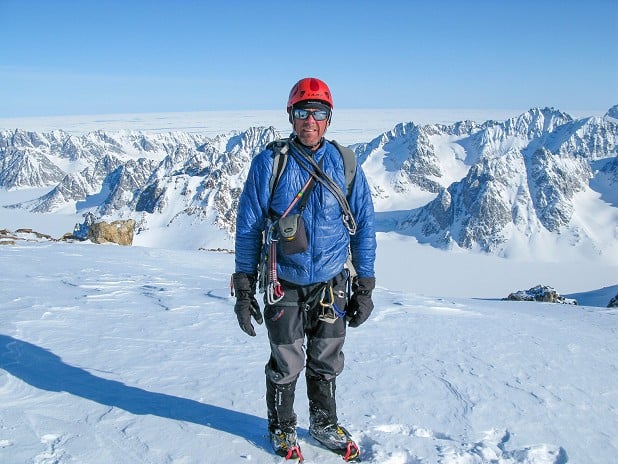
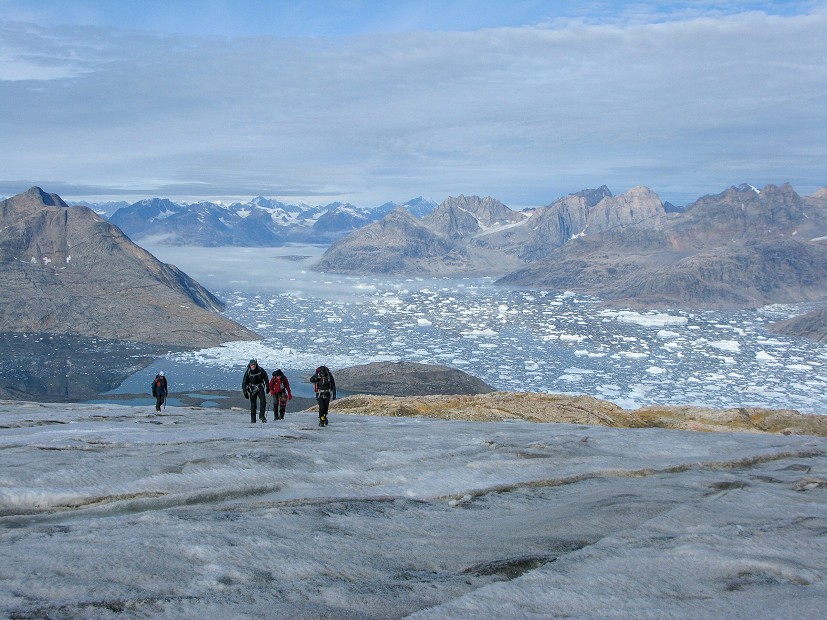
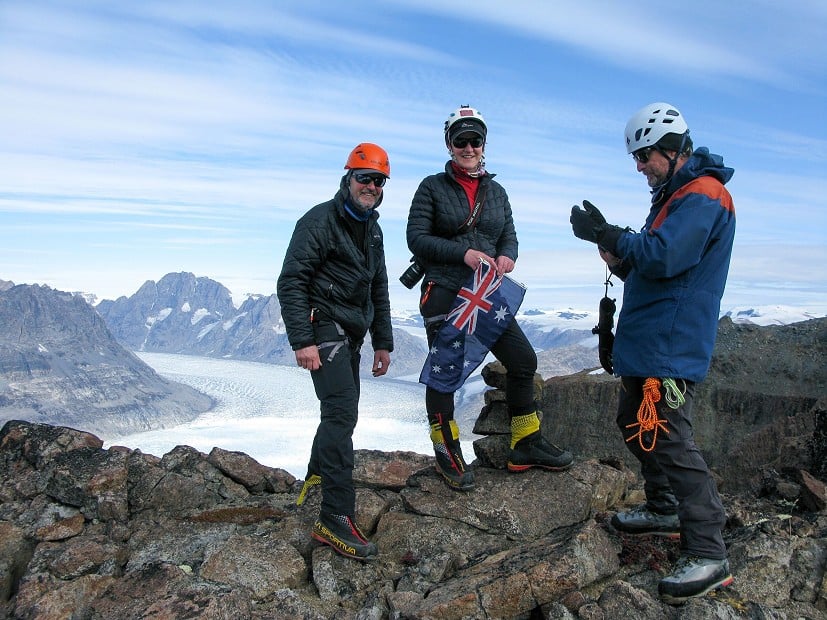
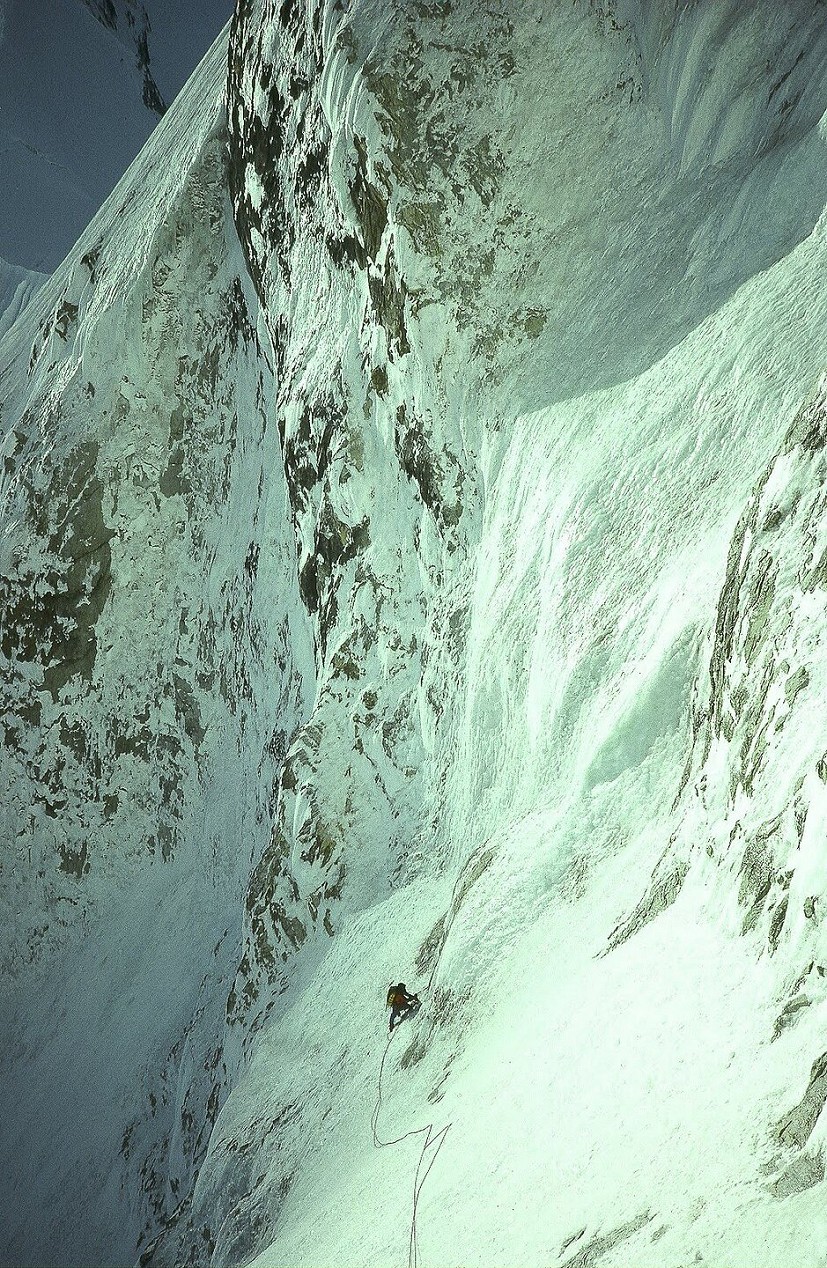



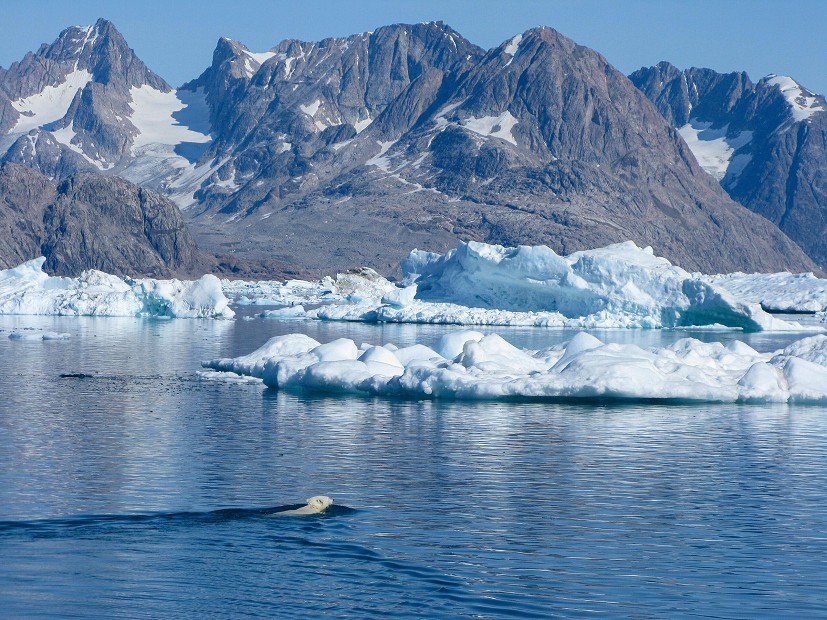

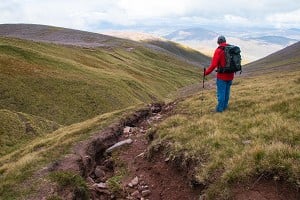
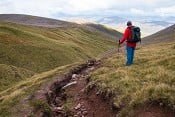
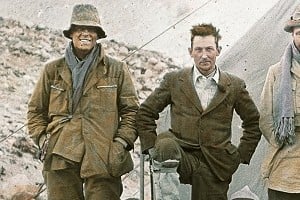
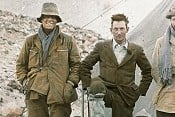






Comments